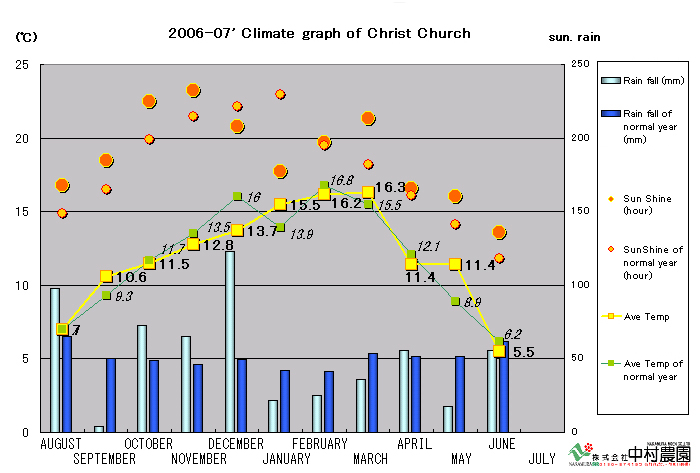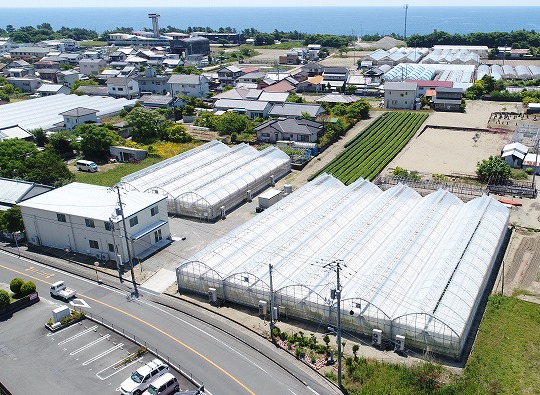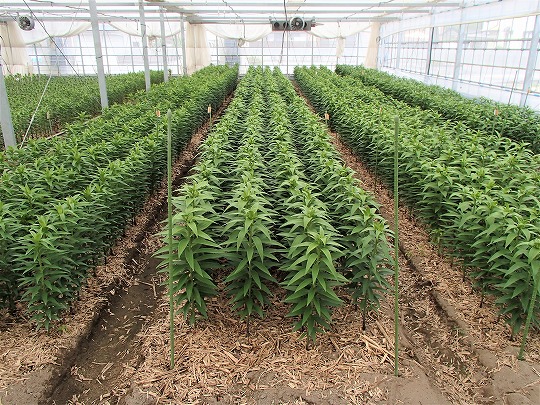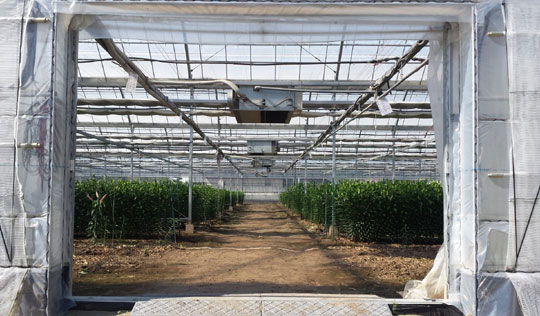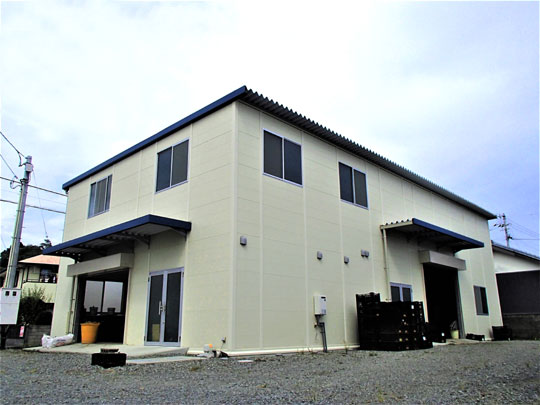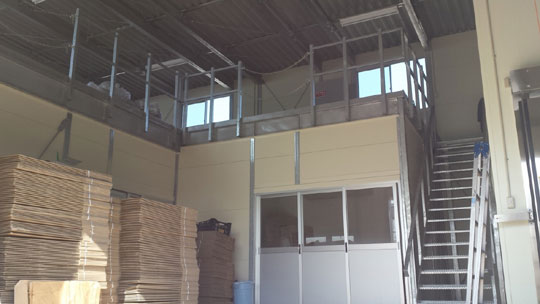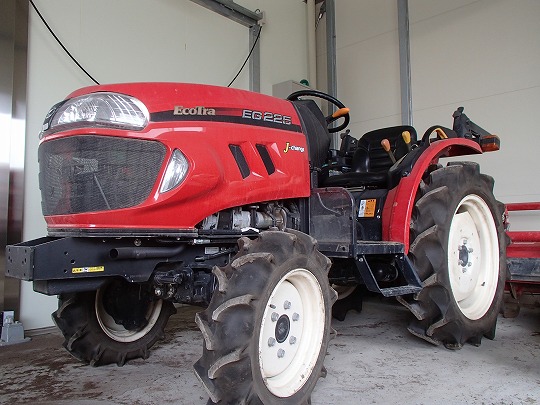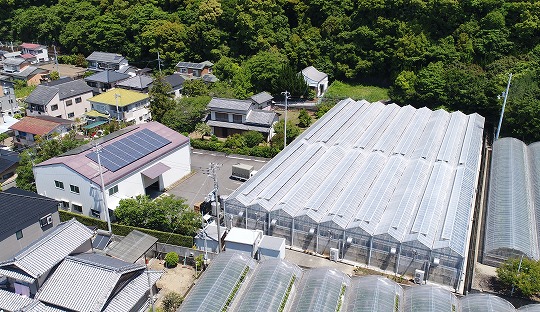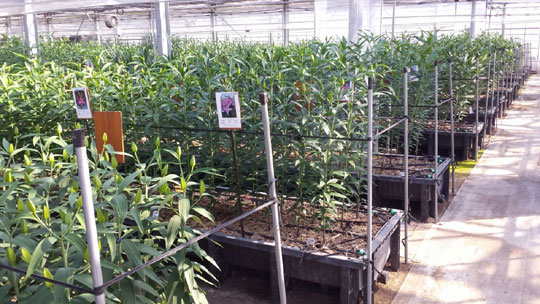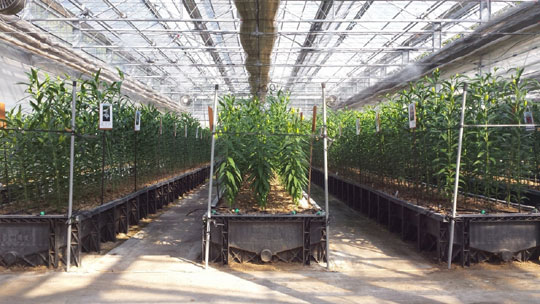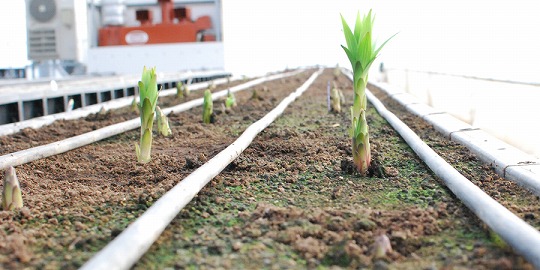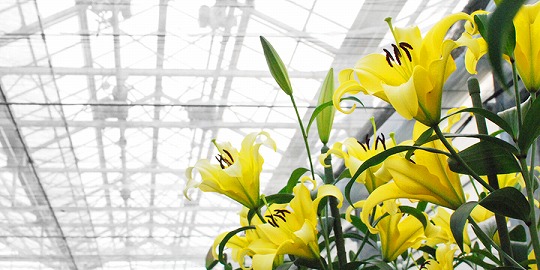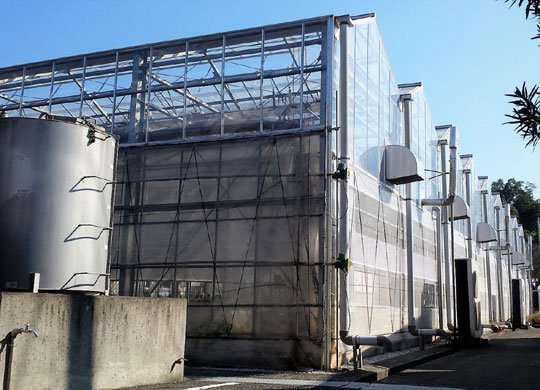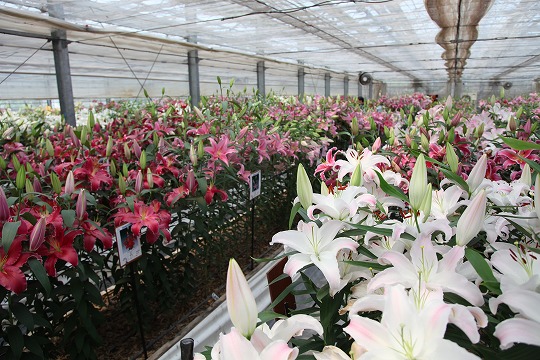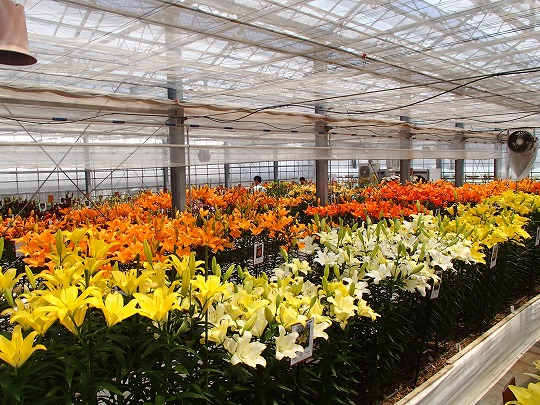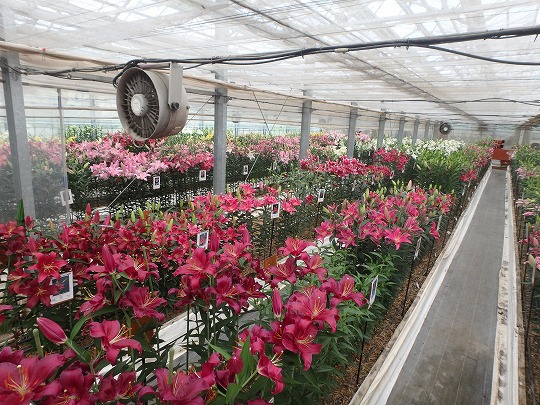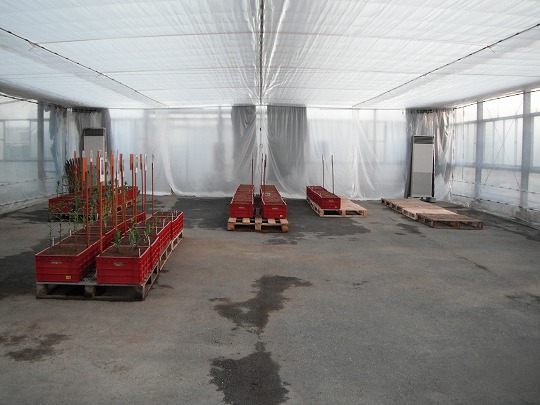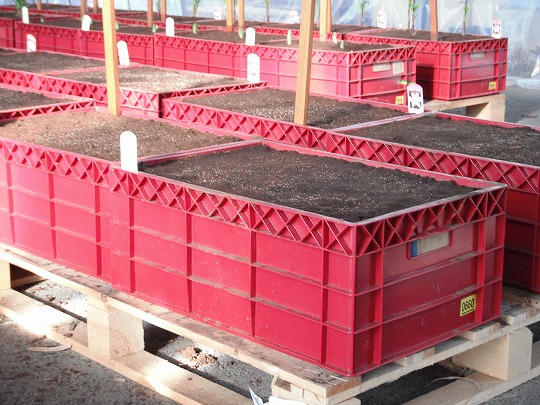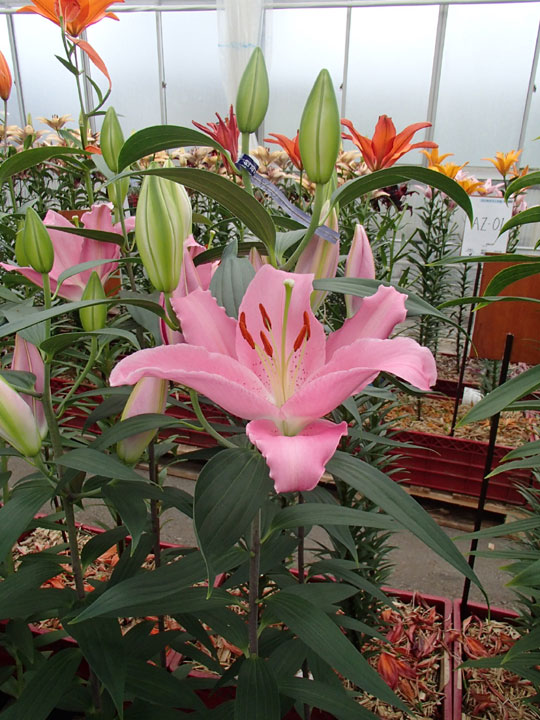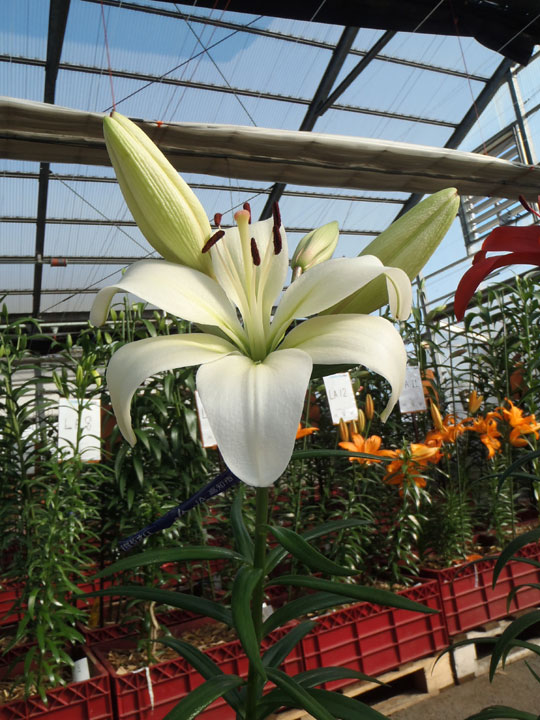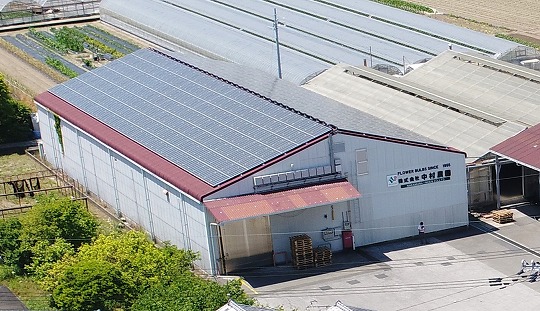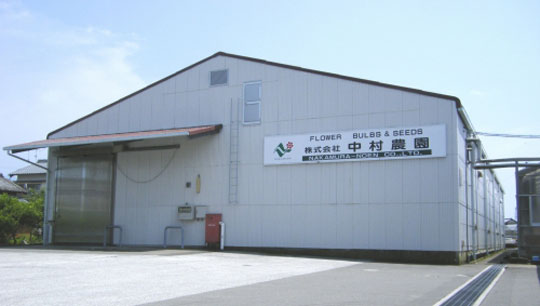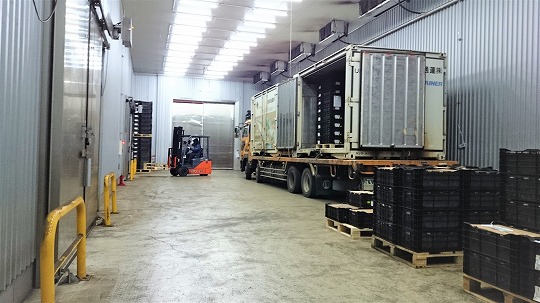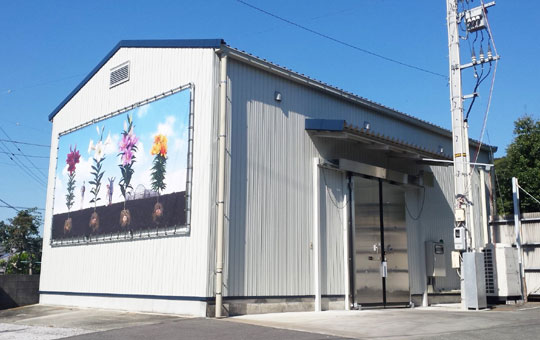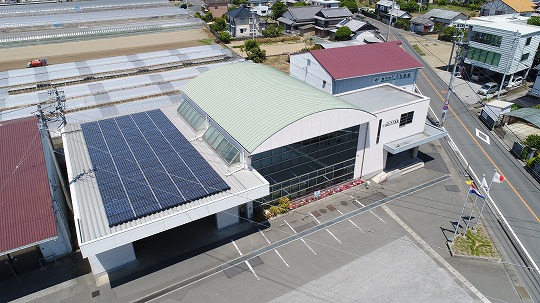Keigo Nakamura
Thank you for your usual treatment and cooperation.
Herewith I report you about my visit and investigation of bulbs and situations in New Zealand, which is Lily bulb production country in Southern Hemisphere, from July 16th to 21st.
○ Climate and Bulb
We see 3 major points in Climate 06-07.
1. Relatively cloudy from planting to end of January (mid-summer), and temperature and sunshine was less. (Please refer graphics “climate of Christchurch 2006-07”.)
There was some rain in summer, so irrigation wasn’t necessary. Lily grown slowly (2weeks later than normal), and didn’t consume her own scales, which has influence to good enlargement in this year. But low temperature and less sunshine can cause bulbs become less power contents, according to the experience of Dutch grown bulbs.
2. Warm and dry autumn
From Feb to middle of May was less rainfall, good sunshine and warm, so Lily could keep growing (specially temperature in may was high). It has been moderate autumn climate, that bulbs made more enlargements.
Growers said, generally enlargement is 20% more than normal year, and even some variety will be shortage in small size.
3. Late sprouting development, due to slow growth in early season and warm climate in autumn.
According to checking data, which I have done in this trip, and growers opinions, sprout development is 10 days to 2weeks later than normal, and 20-30 % smaller than last year, which was big sprout. (Calculation is adjusted as same time of last year except Island bulbs.)
During the delay of sprout development, temperature went down from end of May (frost happened), whole June had been cold, and end of June became -6 ~ -7 degree C, so sprout has been quiet.
Sprout is smaller as NZ, and same level as Dutch grown bulb.
But, (different from Dutch new crop is) soil temperature in Japan is very high, so more preparation of sprout is more advantage, and bigger sprout tend to produce more buds count (especially in early planting).
It’s will be worried that planting in September, which still high temperature (Although it’s depend on area and climate). So we think planting should be started from October (delivery can be done in September). On the other hand, bulb condition can fit for late planting (Dec- Jan), and we hope high quality and scheduled cutting (= stable flower price) in spring season.
Regarding LA varieties, harvesting was done in time, and it’s already stored in minus temperature and ready to be planted after arrival soon,
○ Growers situation
・Van Zanten NZ
Acreage increased, but work is well operated by spreading with contract growers cooperation. Continuous drizzle (misty rain) from beginning of July for 2weeks and stop harvesting was unexpected though, they have enough number of harvesting machines and already restarted harvesting. They said enlargement of this year is good, oppositely it was hard to collect enough crates. Little troubles in smile crop.
・Bakker NZ
Mainly Onings deals, and partly Van Zanten’s contruct. It was already end of harvesting and warehouse work is going smooth. New cooling storage is in operation and shipping is already started.
・Southern Flora
After starting harvest in June, continuous rain stopped their work. Then climate recovered, and they restarted harvesting, but soon deep frost happened next, and now they are waiting for time to restart again. They are often unlucky for weather (every year).
Construction of New warehouse, which have to be finished before harvesting season, was delayed. Recently cooling storage started working finally. It seems schedule is behind, but cold soil temperature is their advantage and bulbs itself get firm.
・Island Bulb
It’s first year to harvest commercial size. It was end of harvesting though, recently more then 100 mm big rain happened which is maybe influence from global climate change, and partly field got flood. Grower imported well-accustomed Machineries for harvesting and so from Holland, and Dutch bulb grower keeps staying there to do organizing.
Bulb enlargement is very good, and looks is also nice, but quality is unknown. We are looking forward to their bulbs performance.
○ After the visiting New Zealand
It’ll be 9 years after NZ bulb was PQ-free for Japan.
I visited every growers and I could see their own-style of production at each palace. In past some grower stopping production, oppositely Island bulb start export bulbs (commercial size), every year is new and we can’t be easy.
Recently I’m visiting New Zealand 2 times in a year. it’s maybe very unique importer in the world, but we think it’s necessary, because of fluctuation of climate, and we like to delivery bulbs which we checked well.
I always try to explain about Japanese country to not only sales people, but also growers himself or staff in production. I prepared intuitive simple graphics and show them variety movement, changing of planting time, bulb quality and flower result from each grower in NZ, and Japanese way of thinking and request etc. Our purchasing quantity of SH became more than 10 million pcs, should be important market for them, but not only for that, we are grad that they understand Japanese (forcers), and be conscious of it to make decision and each process in production.
Thanks for every people accept my visit so much, and I appreciate your cooperations !
